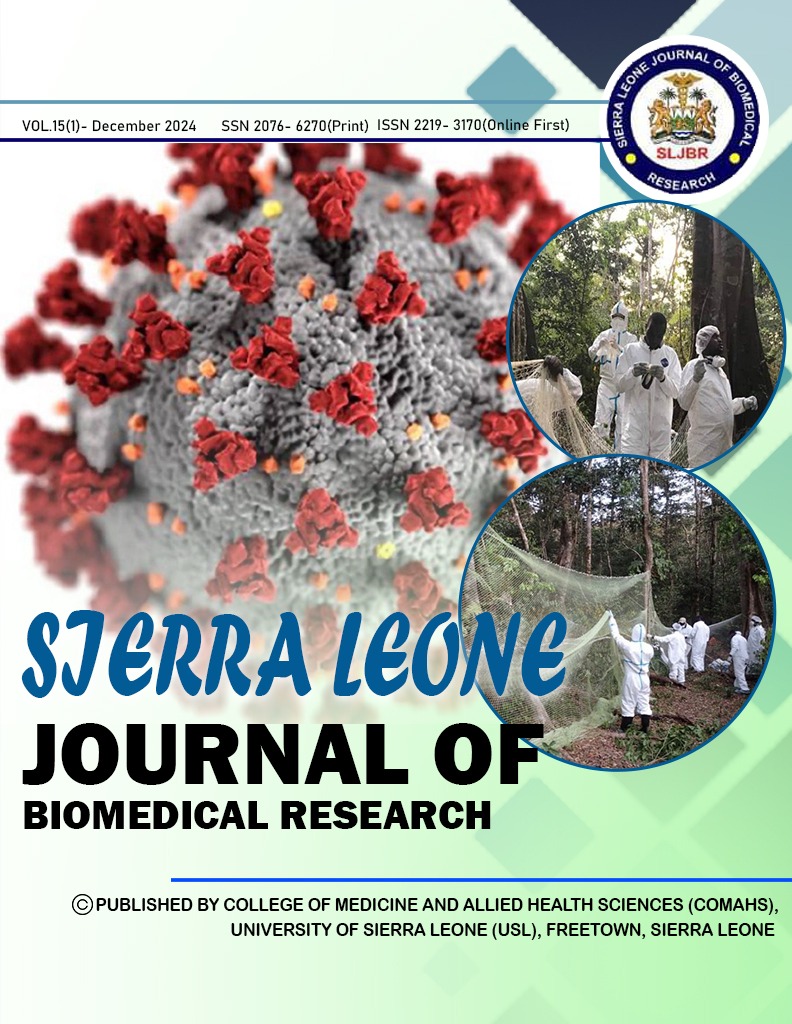Emergency Preparedness in Response to 2021 Ebola Virus Disease Resurgence in Guinea – Successes and Lessons Learnt from A Model Incident Action Plan (IAP)
DOI:
https://doi.org/10.4314.1.18Abstract
The 2013-2016 deadly Ebola virus disease (EVD) outbreak infected more than 14,000 Sierra Leoneans, nearly 4,000 died, and caused significant loss of livelihood. The burden of EVD survivors, impacts on health care, and economic loss raised awareness about building a robust national public health emergency system for effective preparation and response to future disease outbreak. Here, we highlight the successes, challenges, and lessons learnt from the development and implementation of the EVD Incident Action Plan (IAP) following February 2021 resurgence of virus in Guinea. The resurgence of Ebola in Nzerekore, Guinea provided a test case for the resilience of the Public Health National Emergency Operations Center established in 2016. Following emergency declaration in Sierra Leone, an incident management system was established with an incident manager, deputy manager, and working groups organized by pillars including leadership and coordination, epidemiological surveillance, case management, laboratory, risk communication, logistics and vaccination. Key objectives were to prevent spill over from Guinea and rapid containment in the event of a case. The key strategies include development and launch of IAP through wide ranging consultative process, prioritization of districts for elevated readiness, capacity development, risk communication, preemptive vaccination, inter-pillar coordination on cross-cutting issues, systems development, and training. 10 districts were prioritized for readiness, which were further segregated into priority one, two, and three based on risk assessment from the epicenter of outbreak. Rapid response teams to districts provided initial assessment of readiness, which was followed by national simulation exercises in all 16 districts with emphases on point of entry coordination, infection prevention and control, surveillance and risk communication that identified strengths, gaps, and weaknesses. Overall discuss of this paper will highlight the development of the EVD IAP, successes, lessons learnt, and its utility as model for other viral hemorrhagic fevers or disease outbreaks.

